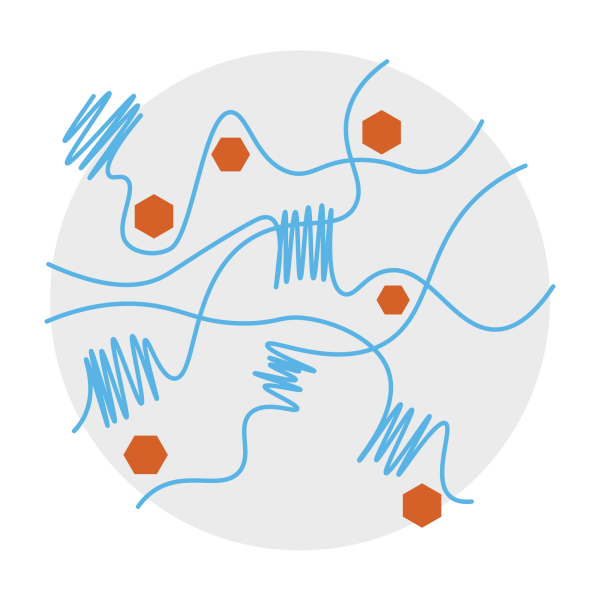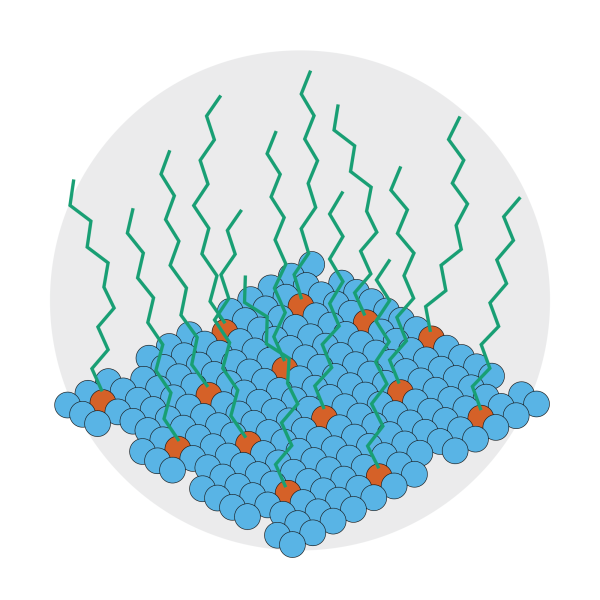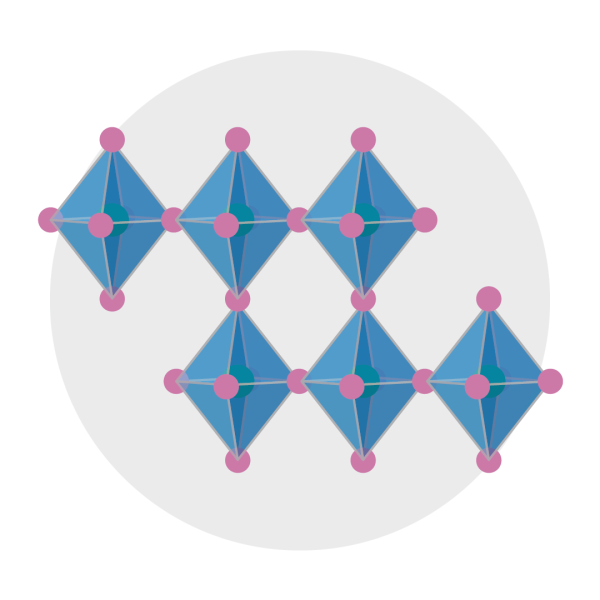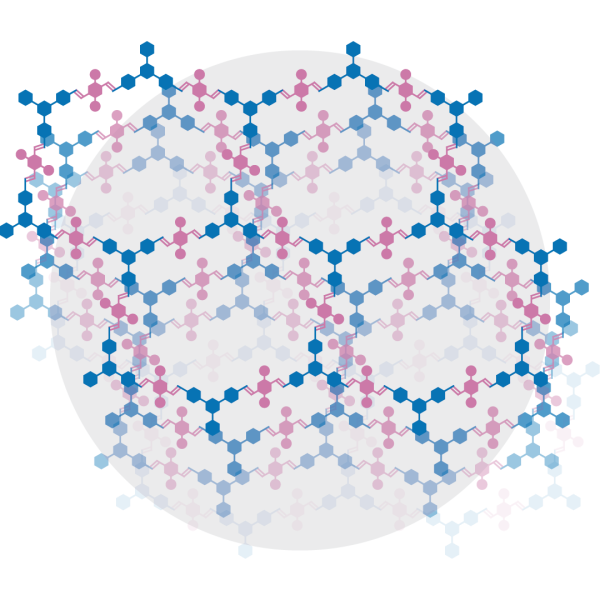Research
The Marder Group uses chemistry to modulate how molecules and materials interact with light and electricity
The Marder Group is all about advancing knowledge and making new discoveries useful in real-world applications. We do this by designing molecules based on hypotheses, creating them efficiently, and working closely with theorists and device scientists.
At the heart of our research is manipulating electrons in organic and organometallic systems. We design molecules to control how electrons are distributed in materials to understand how their structure affects their properties in areas like nonlinear optics, organic electronics, and surface modification.
We often use this knowledge to design functional materials that can be used in optical devices, organic light-emitting diodes (OLEDs), organic field-effect transistors (OFETs), and organic solar cells.
To gain a deep understanding of our materials and processes, we collaborate with some of the best theorists, physicists, device scientists, and engineers from around the world. Click on the icons below to find out more about some of the topics we research.
Marder Group Research Topics
Research in the Marder group explores many different areas where molecules operate at the intersection of electricity and light. This can be in how molecules can conduct electricity, produce electricity when exposed to light, or generate light when an electrical current is passed through them. The group also explores how polymers and molecules can be used to help build devices for applications at the intersection of light and electricity.
Click on some of the links below to find out more about the different topics







